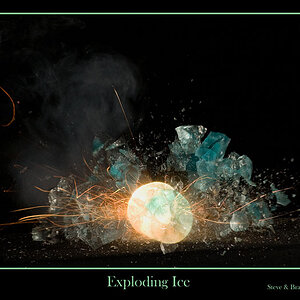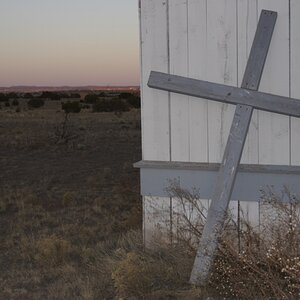Viperjet
TPF Noob!
- Joined
- Oct 25, 2007
- Messages
- 214
- Reaction score
- 0
- Website
- www.sonoranphotography.com
- Can others edit my Photos
- Photos NOT OK to edit
Hello everyone...
I've been looking into some wide angle lenses. I like the Canon EF 24mm f/1.4L USM.
Does anyone have this lens or know much about it? Is it worth the money?
Thanks!
I've been looking into some wide angle lenses. I like the Canon EF 24mm f/1.4L USM.
Does anyone have this lens or know much about it? Is it worth the money?
Thanks!


![[No title]](/data/xfmg/thumbnail/39/39295-230d6dc9ce62e92561457d4c8fb67dc6.jpg?1619738959)
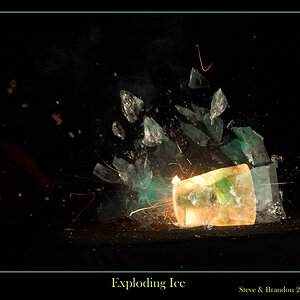
![[No title]](/data/xfmg/thumbnail/40/40312-7470c3c8f9e3a40e6b44c423096f188d.jpg?1619739414)
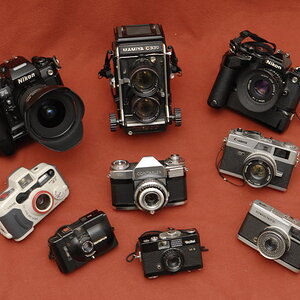


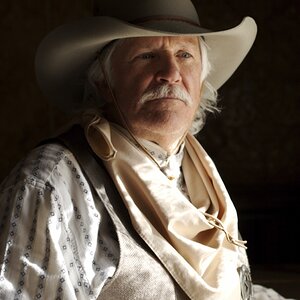
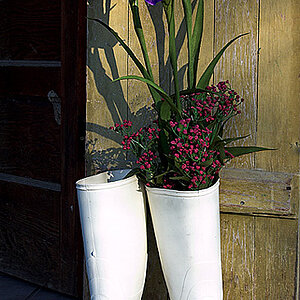
![[No title]](/data/xfmg/thumbnail/41/41934-5071025280901954ee561590003df10e.jpg?1619739947)
